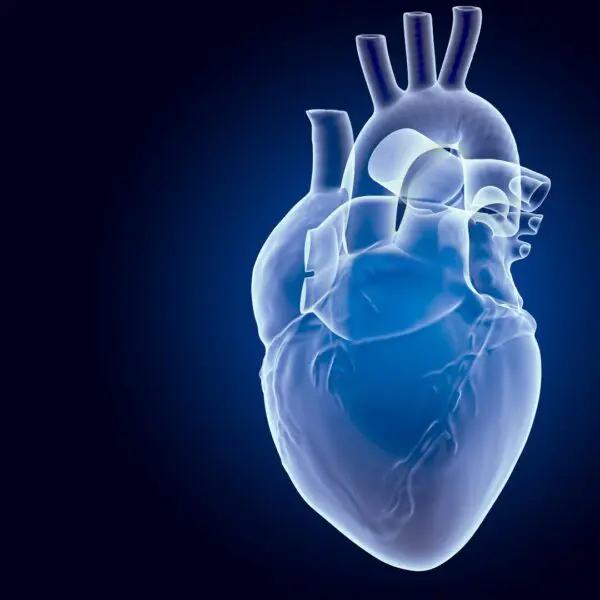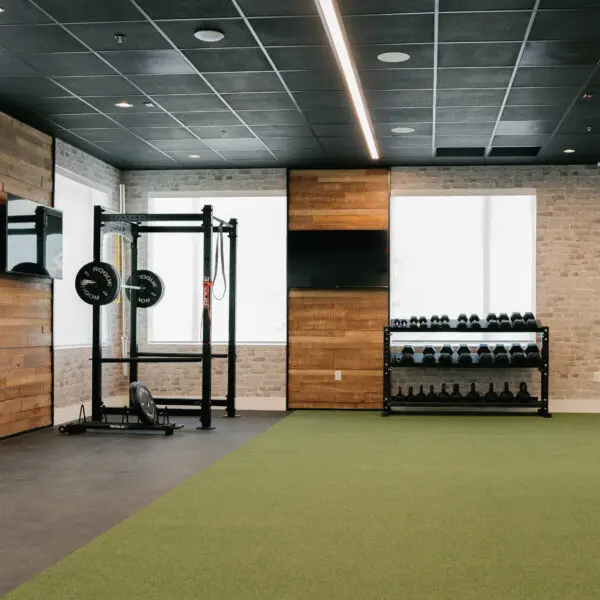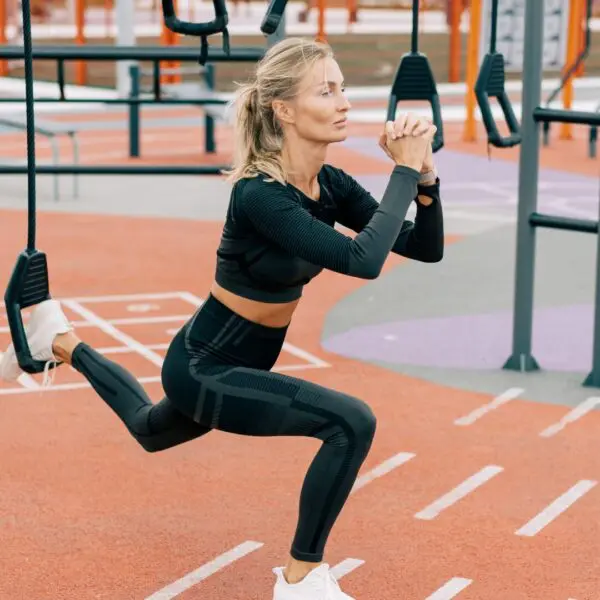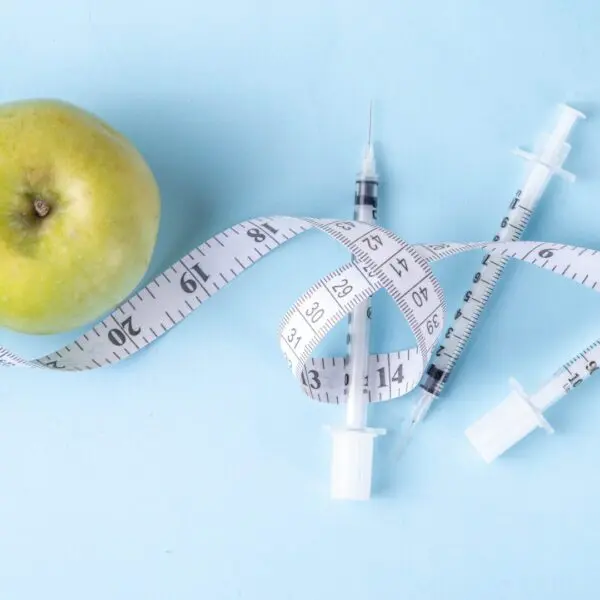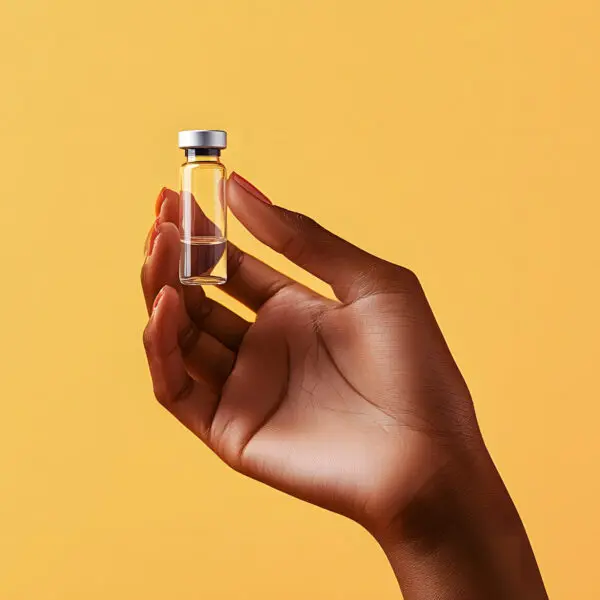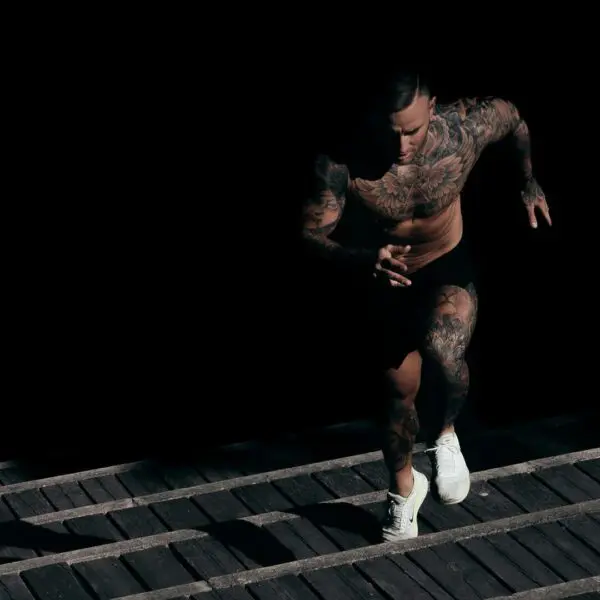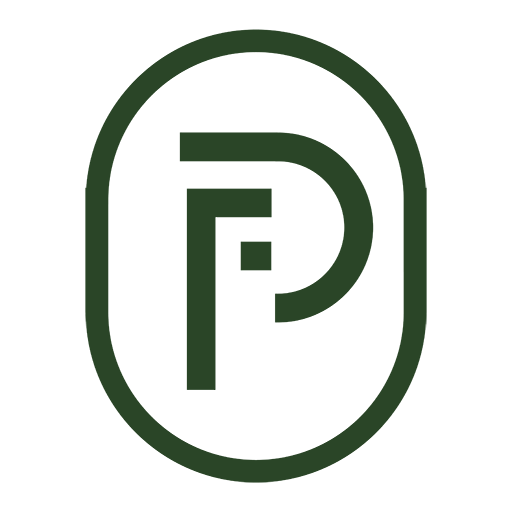If you’re wondering who Fox PT is, we’re the physical therapists you often see in the workout area at PUR-FORM, helping our patients recover and restore mobility, agility, and strength.
We also utilize a few other procedures that you’ve likely seen professional athletes incorporate into their recovery routines to reduce soreness and pain. The most visible is cupping therapy, which can be easily spotted after a procedure by the trademark reddish circles on a person’s skin where they were having muscle soreness. Another is needling, which is a procedure similar to acupuncture.
In this guest post, we’d like to share some information about both procedures and how they may be able to help you relieve chronic pain.
A Brief Explanation of Cupping Therapy
Cupping therapy has been around for thousands of years. It’s best described as an alternative medicine technique that works to relieve pain, trigger points, and myofascial adhesions, and it has become increasingly common in orthopedic physical therapy and rehab centers.
In terms of how it’s executed, cupping involves placing specialized cups (made of plastic, glass, or bamboo) onto specific areas of the skin.
The cups are briefly heated, or use a suction device to create a partial vacuum, which builds up negative pressure in the cups. When this happens, the tissue is drawn upward, away from the body, into the cups, stimulating blood circulation and promoting lymphatic drainage. Patients also claim it releases muscle tension, improves joint mobility, and reduces inflammation, which is why we use it.
A Brief Explanation of Dry Needling
Dry needling is a physical therapy technique we’re a big fan of because it can alleviate muscle pain and improve mobility. If you’re afraid of needles or spooked by the name, don’t be. The procedure involves inserting very slender, solid needles, similar to acupuncture needles, into specific trigger points or tense muscles within your body, causing you pain or difficulty.
The goal of the needles is to release tension in the problem areas, which may reduce pain and increase blood flow. There’s no pain involved on the patient’s end. After a needle is placed in the skin, you may feel a minor muscle twitch, which lets the practitioner know they’ve hit a trigger point.
Both cupping and dry needling can be very effective as part of a rehab or pain-relieving regimen used alone or in conjunction with several PUR-FORM modalities like cryotherapy, red light therapy, and compression sleeves. If you are interested in Physical Therapy, strength & conditioning, cupping, or dry needling, book a free consultation with us in the PUR-FORM gym by emailing us at [email protected] !
